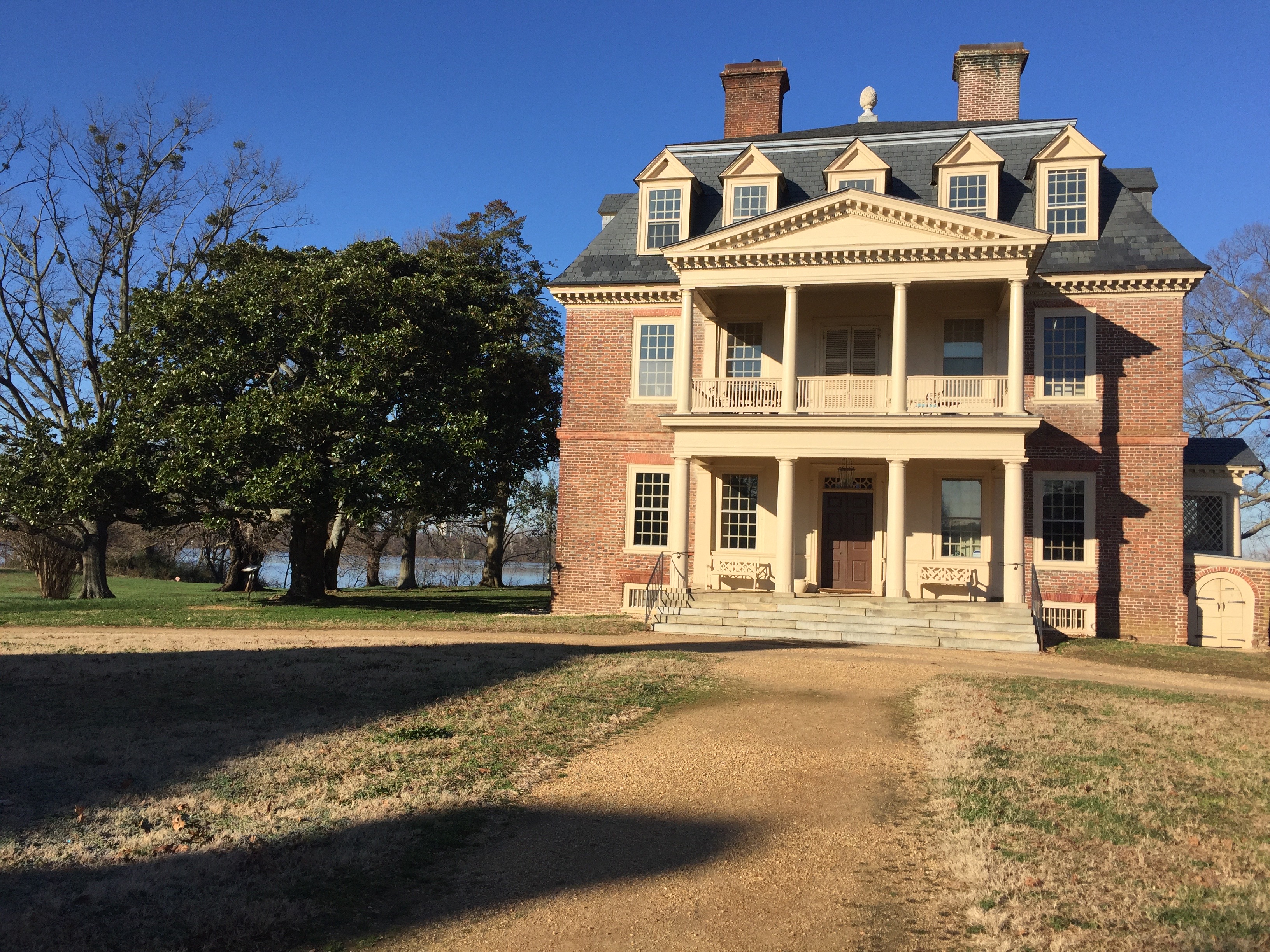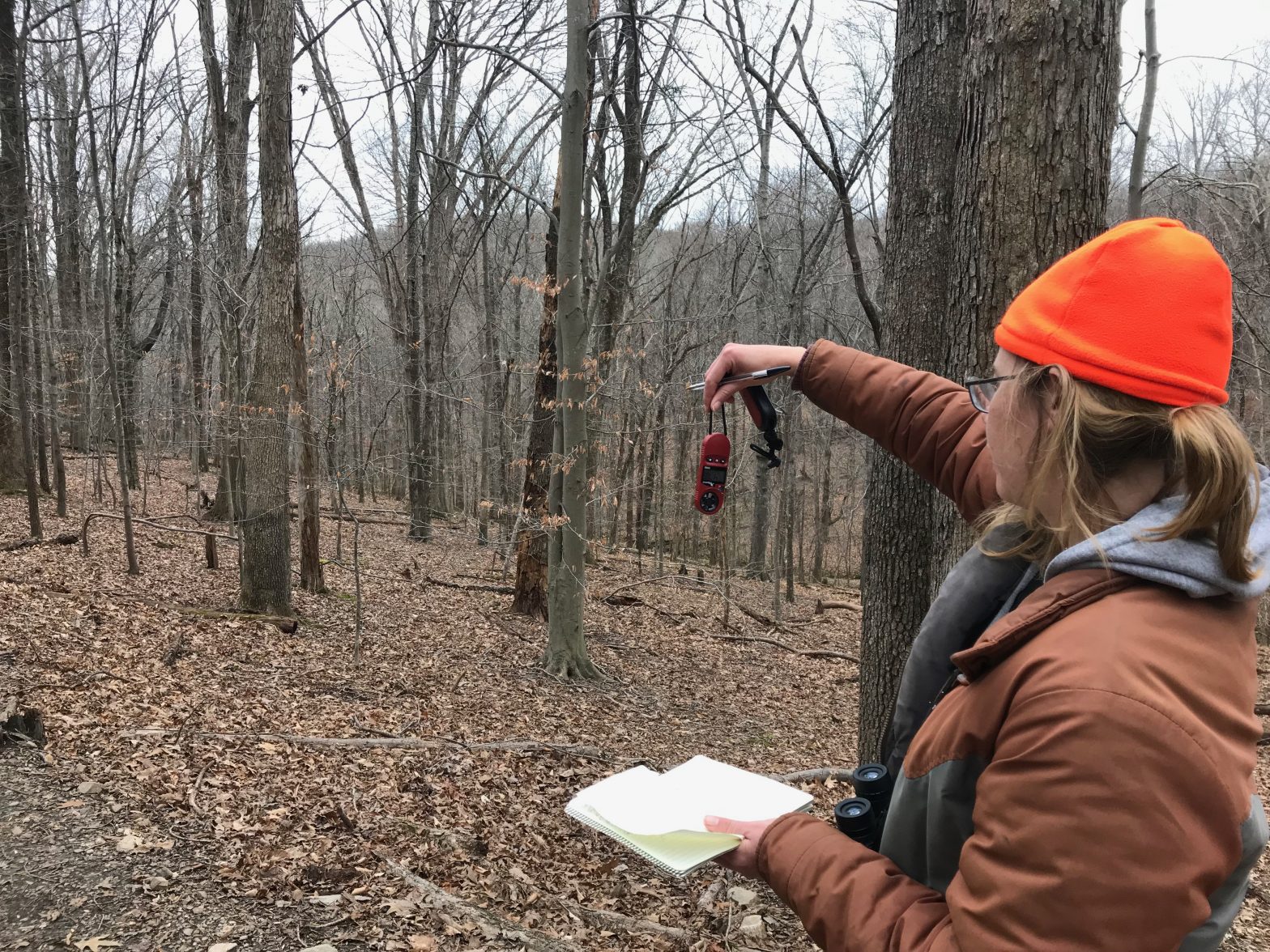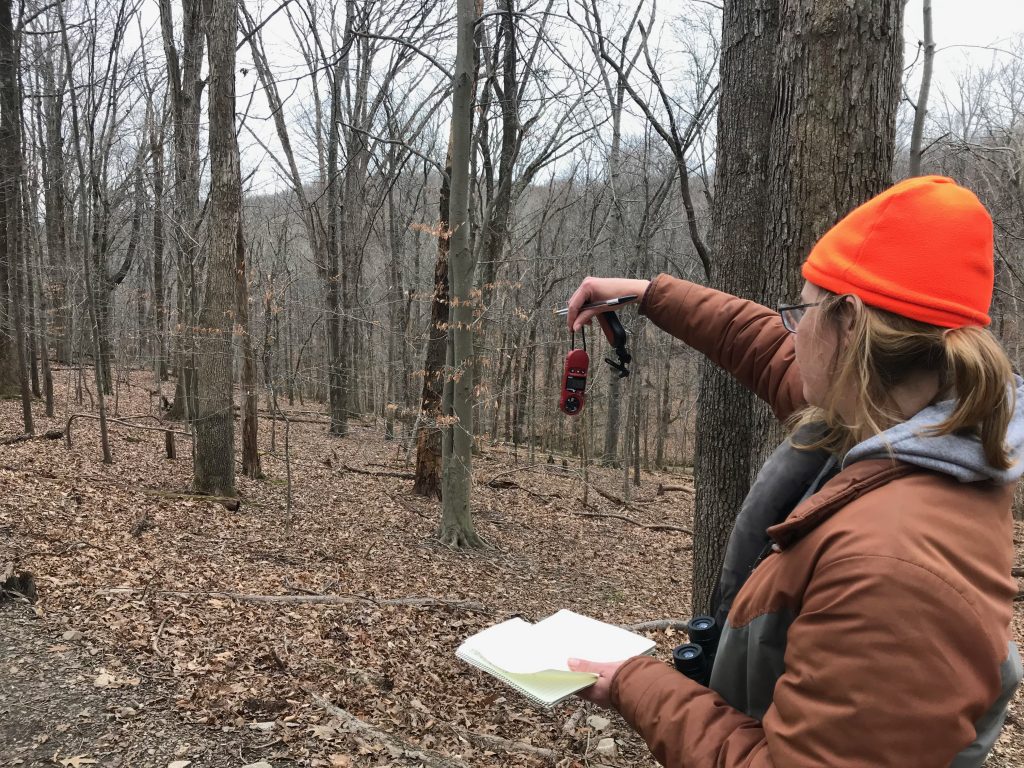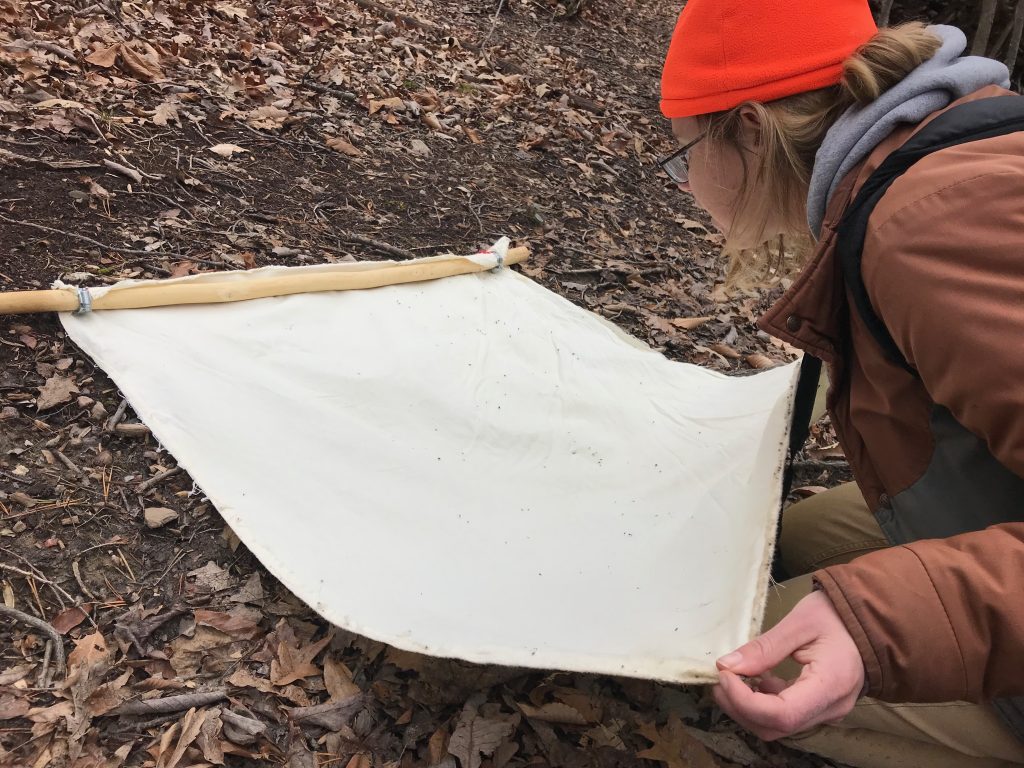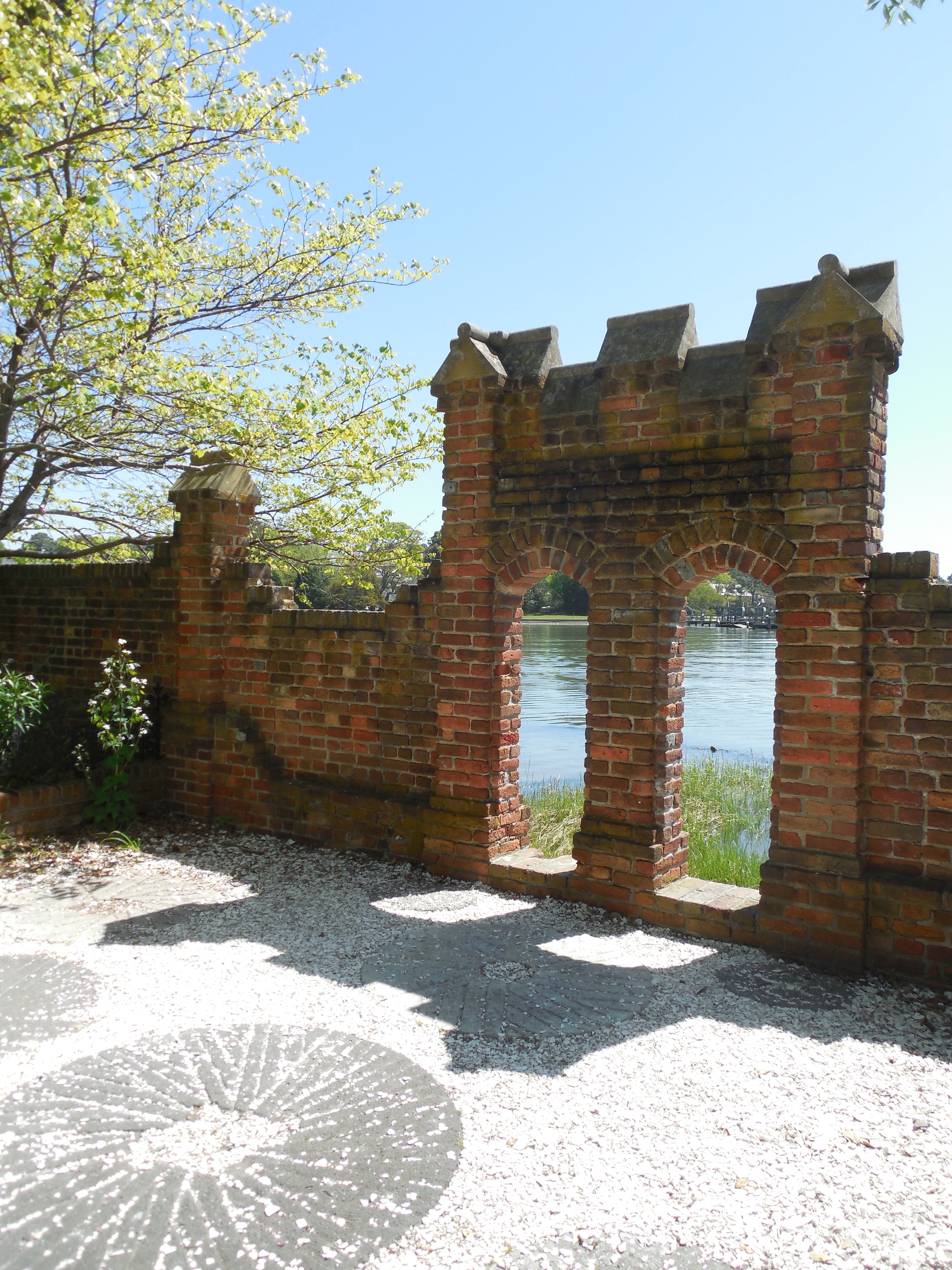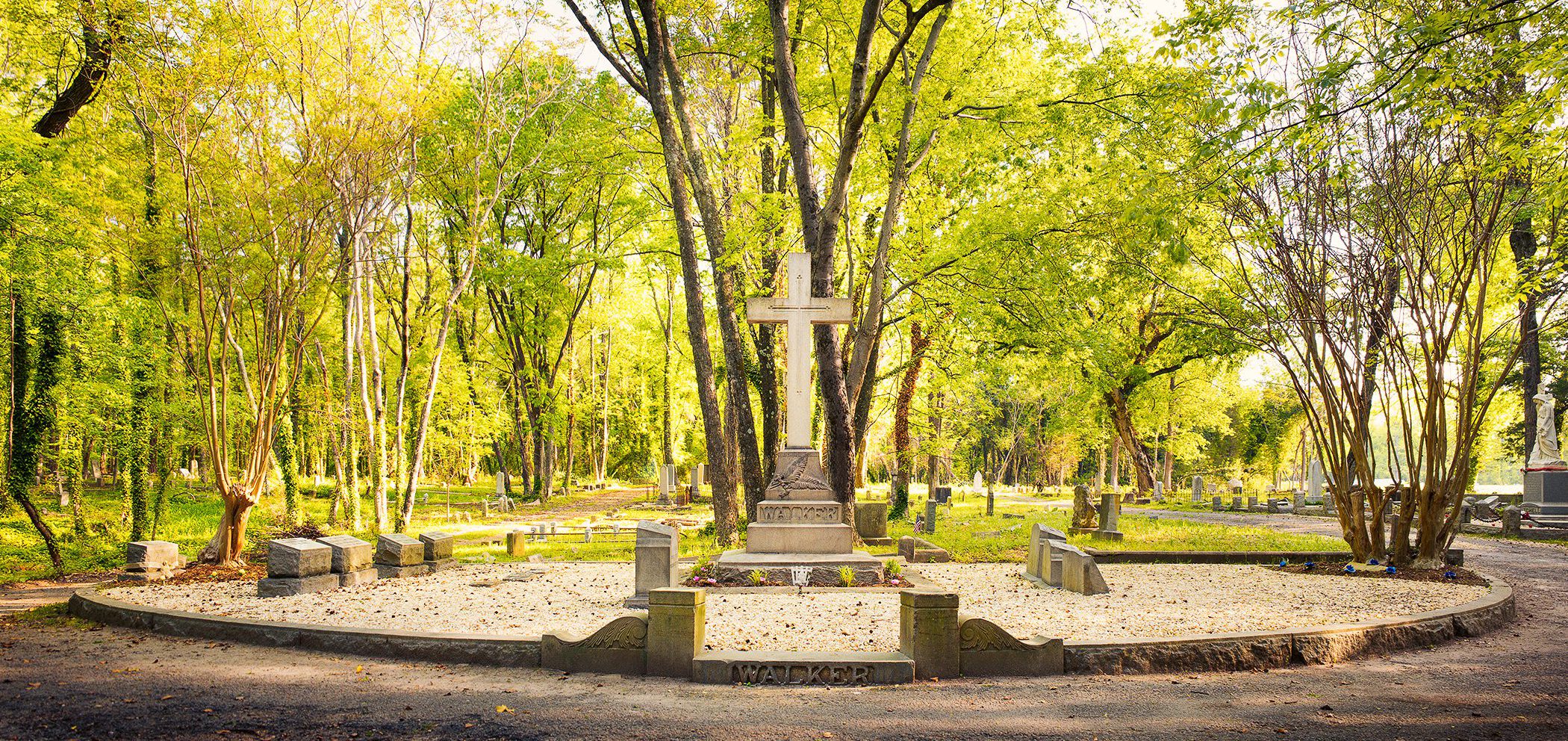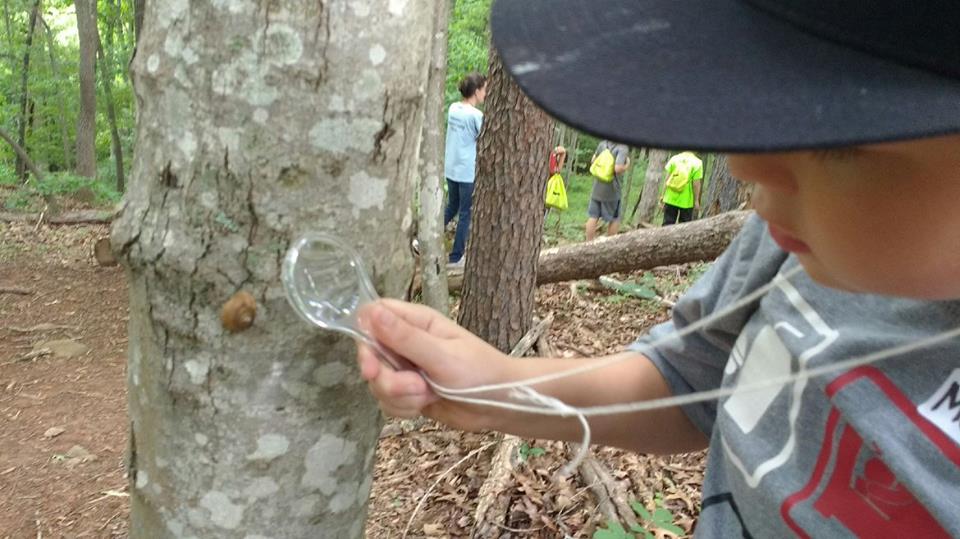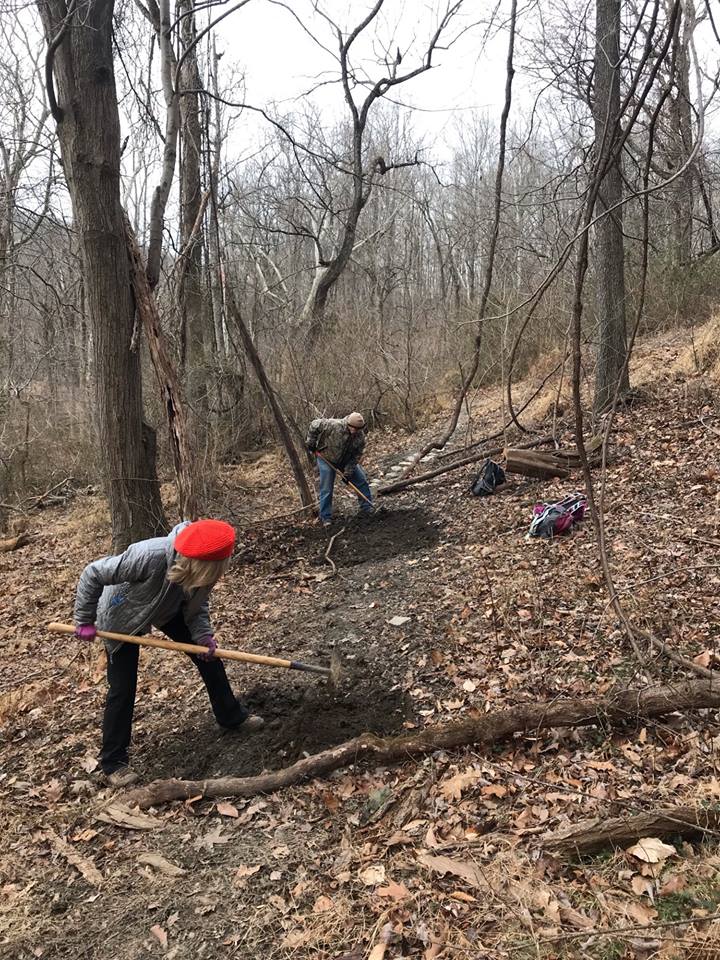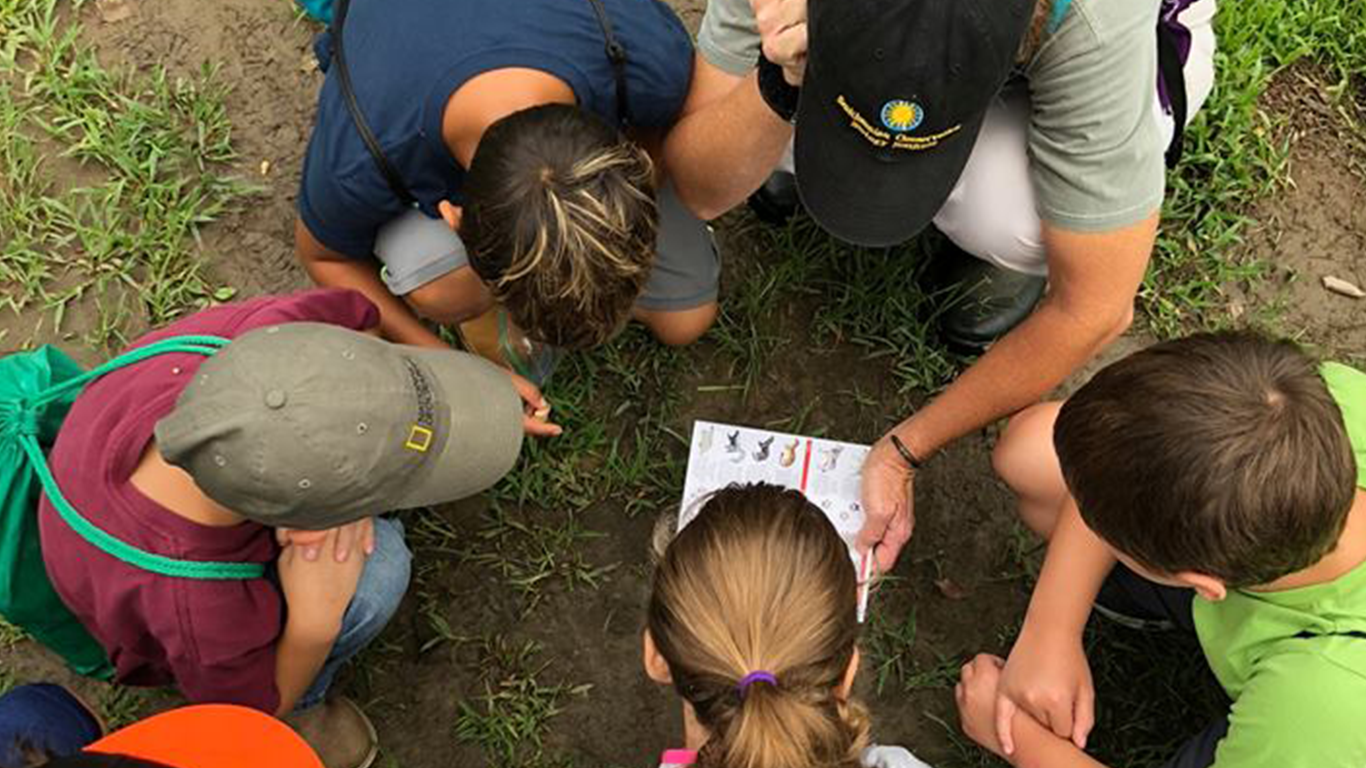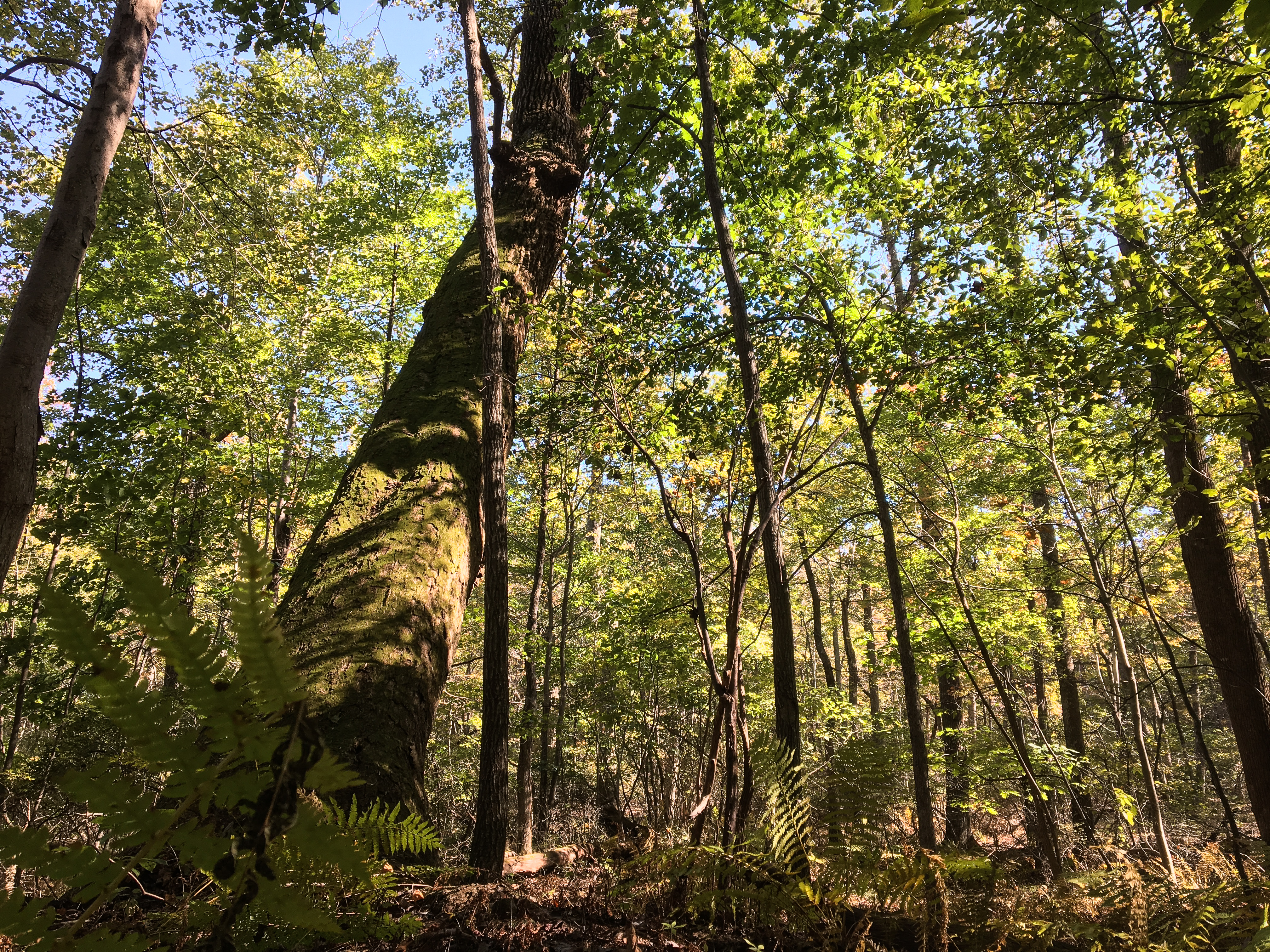As you walk up the drive to the “Great House” on Shirley Plantation, it’s hard to miss the three-and-a-half-foot wooden pineapple on the roof. A symbol of hospitality, pineapples appear in the woodwork inside of the house as well — a fitting accent to a home that has been welcoming visitors for over four centuries.
Founded with a land grant in 1613, Shirley Plantation came under the ownership of the Hill Carter family in 1638, and has been in the family ever since. The current owners, Charles Hill and Lauren Carter, are the 11th generation to live in the Great House and to welcome guests onto the 700-acre property.
Charles’ father was the first to open Shirley to daily tours, although records show that the property was a frequent destination for visitors even in colonial times. Guests since have numbered in the hundreds of thousands. It was inevitable that his father would open Shirley to the public, Charles says. “My father loved history, meeting people and sharing the heritage.”
That heritage starts with Shirley’s impressive architecture. Together, the Great House and its four remaining outbuildings form a symmetrical Queen Ann forecourt — the only one of its kind in the United States. Inside, on the main floor, a striking “flying staircase” — a staircase with no visible support — rises to the upper floors. The staircase is another architectural gem that is unique to the property.
Within the one-of-a-kind structures lies another heritage: the Great House, along with its remaining outbuildings, were built over the course of 15 years, starting in 1723, by slave labor.
“Before I came on board with the foundation, slavery at Shirley wasn’t talked about. It made people uncomfortable,” Lauren Carter says. “But to give a true history of a place you need to talk about everyone who played a part in it, from the first indentured servants to the enslaved and freed workers. These buildings wouldn’t even be standing if it weren’t for them. It’s everyone’s history.”
Exhibits within the intact storehouse and kitchen now testify to all the lives lived here, and are part of a walking tour in and around the buildings that highlights slaves’ daily lives: how and where they worked and lived, how many of them lived on the property at a given time, and what happened after they were freed.
On a separate tour of the Great House, visitors walk through the first-floor rooms, learning about the house’s unique architecture, and stopping in front of the family portraits that line the walls. As a guide tells the story of each ancestor’s stewardship of the farm, visitors may even hear the 12th generation of Hill Carters, Lauren and Charles’ toddlers, running across the hardwood floors upstairs.
For this family, history is embedded in daily life. “You feel their presence for sure, with all those portraits looking at you!” Lauren says. “Our two-year-old daughter always walks by them and says, ‘Hi people!’
“But you also feel this weight of carrying yourself honorably. Of taking care of this place. We think of ourselves as the stewards, not the owners. It’s a great privilege but also a lot of work.”
Preserving for the future while safeguarding the past informs everything the Hill Carters do on the property. The family’s latest project is replanting the “Sun Garden” near the house with native plants that attract pollinators. “It can be done beautifully and is period appropriate,” Lauren says. “And it’s a way of showing people the need for these plants.”
To help ensure protection of the family legacy on the property, Charles donated a conservation easement on the core part of the farm–126 acres that contain the historic buildings and gardens–to the Virginia Outdoors Foundation and the Department of Historic Resources in 2006.
Charles says, “The conservation easement made sense for the long term. At the time of the easement, real estate was booming and it did not take much to see that, eventually, there would be a time when development came to the area around Shirley.
“No one wants to see un-complimentary land uses here, now or in the future, and the easement takes that off the table.”
Guided tours of the first floor of the house are offered for a fee, reservations recommended. Walking tours focusing on the lives of the enslaved people who lived and worked on the plantation are offered on select days and are complimentary with admission.
The grounds are open for self-guided tours daily from 9:30 to 4:30 for a fee. Grounds admission will be discounted until March 8.
Audio tours are available to download on your smart phone, and there is an interactive game for children that leads them from building to building with puzzles and explorative activities. A nature walk also leads visitors around the property to observe the plants and animals on the farm.
Guided Tours of the “Great House” are $25 per adult and $17 per youth age 7-16, with a discount available for military, AAA, seniors, and groups of 10 or more. To book a tour, email info@shirleyplantation.com, or call 804-829-5121.
The next walking tours will be on Saturday, February 28th at 1pm and 3pm.
For more information on visiting the Shirley Plantation, visit http://www.shirleyplantation.com.
